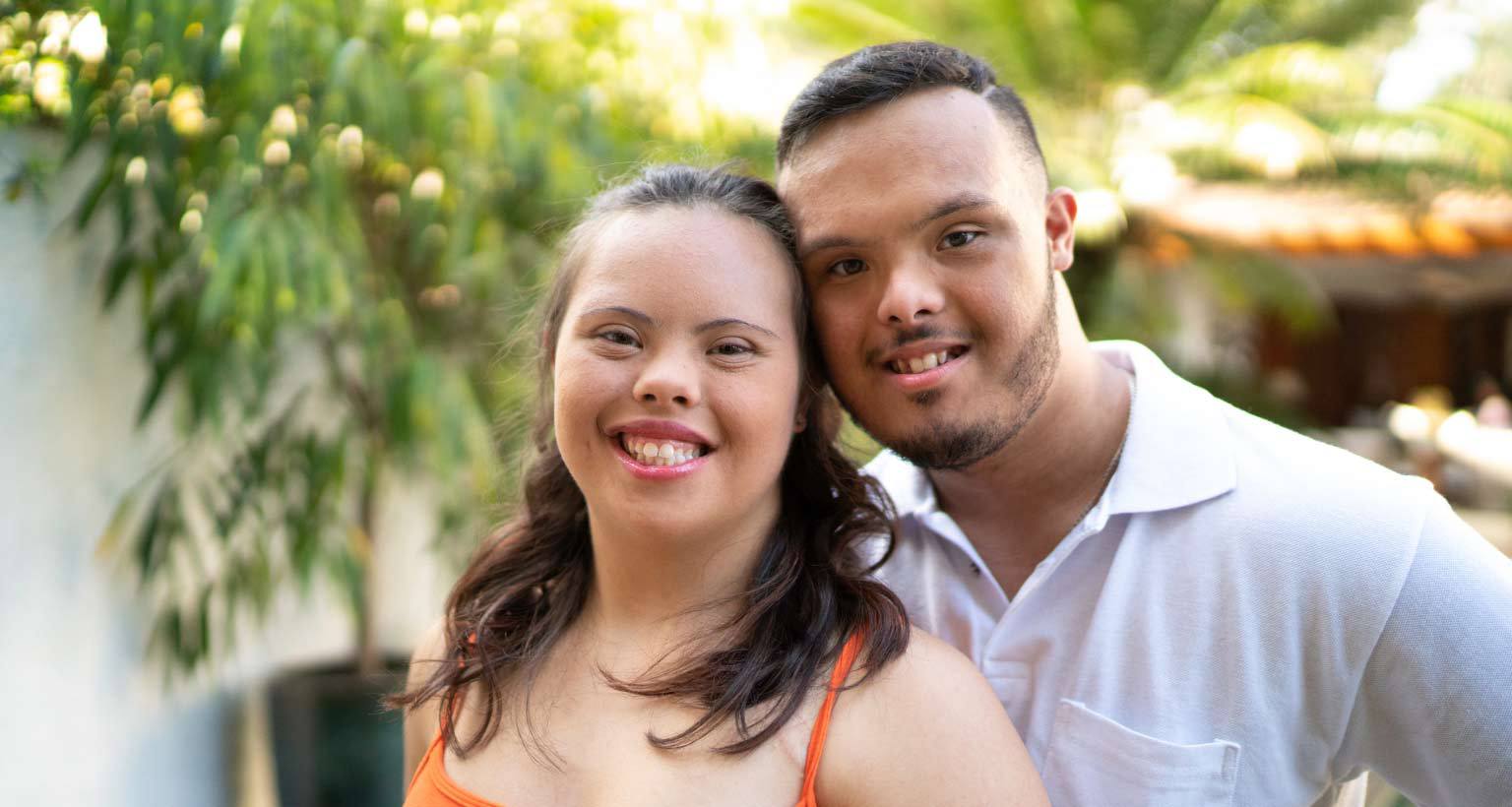Disability as identity: The next frontier of public health

This summer, the US celebrated the 30th anniversary of the Americans With Disabilities Act, also known as the ADA. As with many landmark civil rights acts, the ADA is public health policy. The codification of anti-discrimination in employment and housing, plus coverage of auxiliary aides, such as interpreters and service animals, have altered many social determinants of health, resulting in improvement in the lives of many people with disabilities.
Based on 2014 Census data, 85.3 million Americans have a disability. As the law affirms, this substantial population should be given the same opportunities for health and happiness as non-disabled peers. There is still a way to go to reach true equity for people with disabilities and the field of public health will be on the forefront in achieving justice.
Shifting perspective to improve health
For too long, disability has been seen as something to prevent and cure. This framework diminishes the personhood and identity of people with disabilities*. A good example of this dehumanization is the use of Disability Adjusted Life Years, also known as DALYs. DALYs are a common population health measure used to calculate the burden of a disease or disorder. DALYs are determined by having a panel of healthcare professionals determine how much value one year of living with a disabling condition holds compared to living one year without a condition. In making this calculation, This metric begins with the assumption that a disabled life is worth less than a non-disabled life, a result of a lack of representation of people with disabilities on the panel that determines DALYs. While only one example, DALYs illustrate the need to acknowledge disability rights and personhood, rather than seeing disability as a burden on the population.
Public health as a field is beginning to acknowledge the humanity and value in people with disabilities, rather than use disability as a signifier of sickness and inadequacy. For many reasons, including aging baby boomers, COVID-19 related disability, and a strong disability rights movement, public health is shifting to a model of improving health, developing adaptations, and promoting inclusion to ensure the population with disabilities live their best lives. I would argue that it is time to consider disability as a fundamental topic of public health, not prevention of disability, but reducing disparity and ensuring equity.
With advances, challenges in achieving equity still remain
As an epidemiologist aiming to improve health and well-being of people with intellectual and developmental disabilities (IDD), my work is built around the need to refocus the framework from prevention to equity when studying disability.
Survival in Down syndrome is a public health success story. Down syndrome, a trisomy of chromosome 21 and the most common genetic cause of intellectual disability, was once a condition in which infants would rarely see adulthood. The estimated mean life expectancy for a person with DS in 1950 was 26 years old and median life expectancy was 4 years. With improvements in recognition and treatment of co-occurring conditions of Down syndrome, such as congenital heart defects, the estimated mean life expectancy in 2010 was 53 years and a median life expectancy of 58 years.
With a longer life expectancy, people with Down syndrome face health challenges across the life-course and are still dying too young. People with Down syndrome experience onerous health challenges from infancy through old age. Greater than 50% of children with Down syndrome have congenital heart defects and hearing and vision disorders are near universal. Compared to peers, children with Down syndrome have 26 times the risk of leukemia and are at greater risk of other developmental disabilities.
Development of chronic health conditions are inter-related and lead to additional illness and disability. Poor health impacts social inclusion, communication, quality of life, and leads to premature mortality; the mean lifespan for those with Down syndrome is still 20 years less than the US mean. This situation is not unique to DS; the advancement in medicine and science has improved lifespan for many disabilities but innovation and adaptation is crucial to ensuring health equity.
Health systems must meet the needs of people with IDD
Another example is the recognition of reproductive rights of women with intellectual development disorder (IDD). For decades, women with IDD were denied their reproductive rights through forced sterilization and institutionalization. Although attempts have been made to repudiate these past injustices, individuals with IDD often face stigmatization and healthcare inequity even though they have equal rights to reproductive and sexual freedom as their peers.
Women with intellectual disability face barriers to care, such as lack of provider training and experience, lack of sexual knowledge with limited opportunity for sex education, higher risk of sexual abuse and assault, and lack of dialogue around reproductive rights. For individuals with autism, pediatricians are less likely to discuss sexuality-related topics; women with high-functioning autism are more likely to have adverse sexual experiences and unforeseen challenges in romantic and sexual relationships than peers.
Given large cohorts of children with IDD will age into adulthood and exercise their reproductive rights, it is crucial to understand the current epidemiology of pregnancy in IDD, including occurrence, fertility rate, risk factors, and outcomes of pregnancy and parenthood in IDD. It is vital to prepare health systems to work with this population, as people with IDD will gain more reproductive freedom due to changes in legislation, medical practice, and a burgeoning neurodiversity movement aiming to reduce disparity and stigma for individuals with IDD.
My work aims to solve these problems and create a more equitable world. A lot needs to be done in this area, including a commitment to increasing inclusion in academia and the public and private sectors. Nevertheless, the disability population is a distinct and important public health constituency that will need unique and tailored programs, services, and products to ensure justice.
*There is an ongoing the debate about whether ‘person-first’ (people with disabilities) or ‘identity first’ (disabled people) should be the preferred term. This piece uses person first language but acknowledges that many in the disabled community prefer identity first language.
Eric Rubenstein, PhD, ScM, is an Assistant Professor in the Department of Epidemiology at Boston University. His research focuses on improving health and well-being in the population with intellectual and developmental disabilities (IDD) across the life course. Dr. Rubenstein’s research is motivated and continually inspired by his friends, Special Olympic athletes, and fellow advocates in the IDD community.




